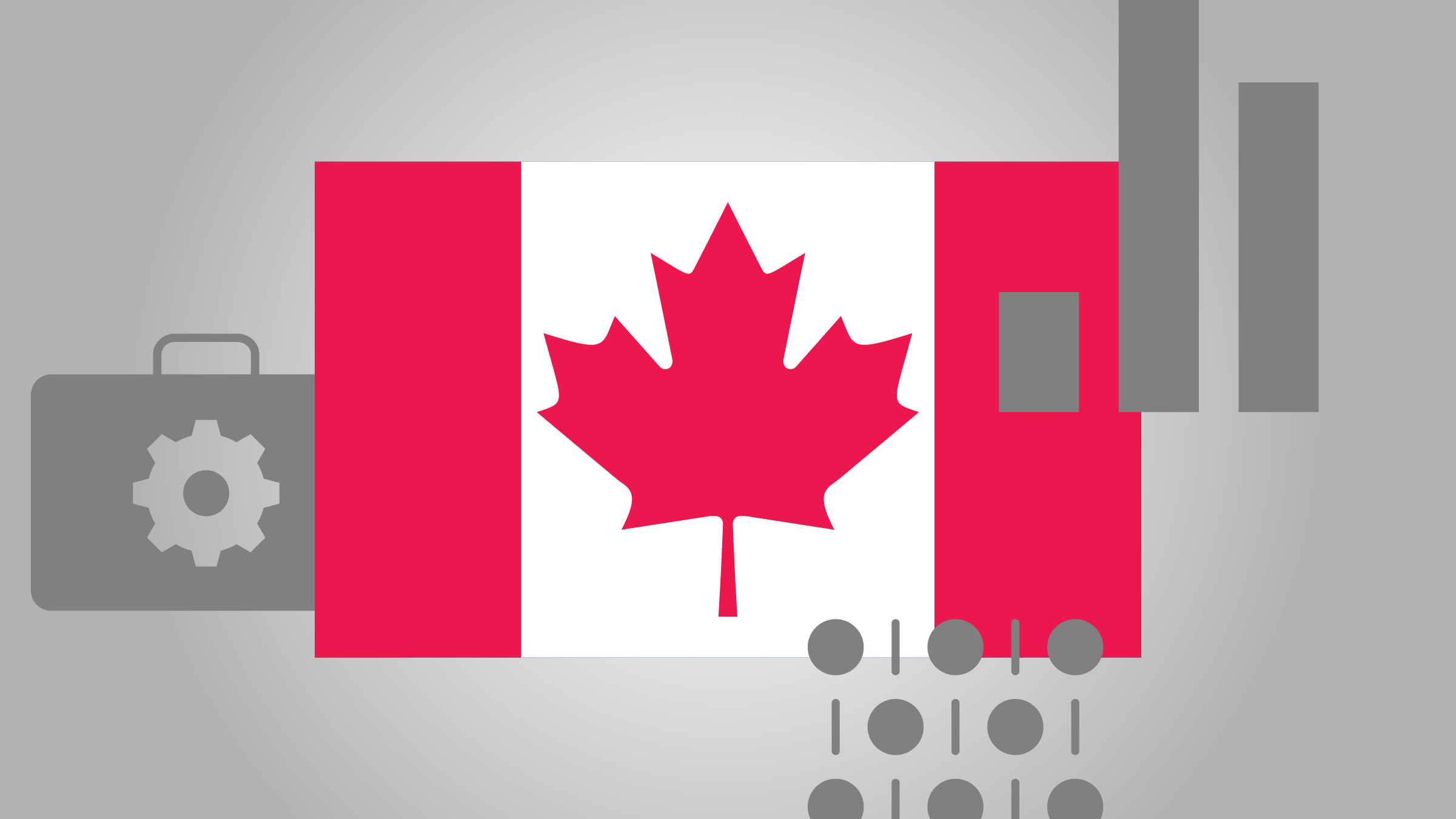Equity markets offered a bumpy ride during the first quarter of 2014. Canada did better than most thanks to a strong performance by natural resources, with the S&P/TSX Composite Index up 6.1% for the three-month period, but with the S&P 500 up just under 2% and several other indexes in Asia and Europe in negative territory, investors aren't much better off than when the year started.
Unrest has resurfaced in Turkey, and the crisis in Ukraine has brought uneasy relations between Russia and the Western allies to a head. Although both these markets are a drop in the global macroeconomic bucket, the turmoil has sparked wider concern regarding slowing growth throughout the emerging markets, which have proven to be a key source of growth for large multinationals.
In addition to macro instability, markets face other uncertainties. The U.S. Federal Reserve has been scaling back its asset purchase program, stemming the flow of free money that had previously lubricated markets. And we have yet to see the full fallout of how the severe weather's impact on the North American consumer will affect corporate earnings.
Despite these unknowns, markets have resumed their bull market trajectory, and we have seen more investors flock to riskier stocks and increase their willingness to pay up for growth. However, in general, we think investors should pull back on risk when enthusiasm is running high and the market's valuation is relatively rich. Applying Warren Buffett's "be fearful when others are greedy and greedy when others are fearful" mantra, we think the pendulum is swinging closer to the side of greed at the moment. In contrast, we think investors should load up on risk when fear is pervasive and valuations are depressed.
In fact, we often relish times of uncertainty, as it allows us to buy wonderful businesses on the cheap. In late 2008 and early 2009, we had hundreds of 5-star recommendations. Now, although the market as a whole is leaning more and more toward the overvalued side, our team of analysts has uncovered buying opportunities across all of our covered sectors.
For instance, the concern about economic growth and currency stability in emerging markets has created a buying opportunity in a number of high-quality consumer staples stocks. Although emerging-markets exposure may be a liability in the short term, firms such as Unilever UN and Coca-Cola KO are well-positioned to capture rapidly growing demand for branded consumer products in these markets over the long run. Other good defensive plays can be found in health care, REITS and some utilities and pipelines.
Do some spring cleaning
At Morningstar, we don't claim to know whether the market is going up, down or sideways in the short term. Instead, we continue to recommend investors look for truly great businesses equipped to withstand such uncertainty over the long run. These are companies with sustainable competitive advantages--or economic moats--that can fend off competition and earn high returns on capital for many years into the future. We expect these companies to continue to increase earnings, compound intrinsic value and return cash to shareholders for at least the next decade.
We think investors may want to take advantage of the strong market to clear out holdings they might not be as comfortable with over the long run. It's a good time to take profits and build up cash to look for other opportunities.
Our sector and geographic picks
Currently, we have less faith in the outlook for returns in the technology sector, which faces a much higher degree of disruptive innovation risk over the long run and even higher current valuations. At a median price of 116% of fair value, technology stocks are trading at the highest premium throughout our coverage universe. Though there are no 5-star tech stocks and only about a handful of 4-star-rated ones, the pickings of our tech team are certainly not slim and include wide-moat IBM IBM, and narrow-moat firm Cisco CSCO.
The industrials, health-care and consumer cyclical sectors also look quite pricey right now. Of particular concern is the outlook for retailers, which had an exceptionally tough holiday season and are now battling the polar vortex's impact on consumer spending. Furthermore, the shift from traditional retail to e-commerce seems to be accelerating and is one of the most important secular trends of the moment, in our opinion. We see the recent bankruptcy of food chains Sbarro and Quiznos--both of which have amassed expensive real estate locations in highly trafficked malls that are no longer so highly trafficked--as recent causalities of this channel shift.
Conversely, energy remains our most undervalued sector, with a median discount of 3% to intrinsic value for the sector. Five narrow-moat stocks top our energy team's Pick List, including Ultra Petroleum UPL, Devon Energy DVN, Denbury Resources DNR, Energy Transfer Partners ETP and Tesoro TSO.
Only 13 of our analyst-rated stocks currently carry our 5-star rating, and none of these boast a wide moat, evidence of the premium placed on such high-quality companies. Thirty-three of the firms that have the strongest competitive advantages in our universe--and thus earn a wide moat rating--carry our 4-star rating right now, including firms such as CH Robinson Worldwide CHRW, Exelon EXC, McDonald's MCD, Nestlé and Wal-Mart WMT. We think these firms will earn excess returns for longer periods than their no-moat counterparts, and while they are not quite cheap enough to garner a 5-star rating, they are still undervalued today.
On a global scale, rising markets in North America and Europe have caused valuations to tick up; both regions are trading at 106% of the aggregate fair value of our regional coverage. On the other hand, Asia Pacific is now the most undervalued region (at 92% of intrinsic value), retreating from its most overvalued spot at this same time last year, as uncertainty surrounding China's economic growth has slowed regional stock market gains.



















